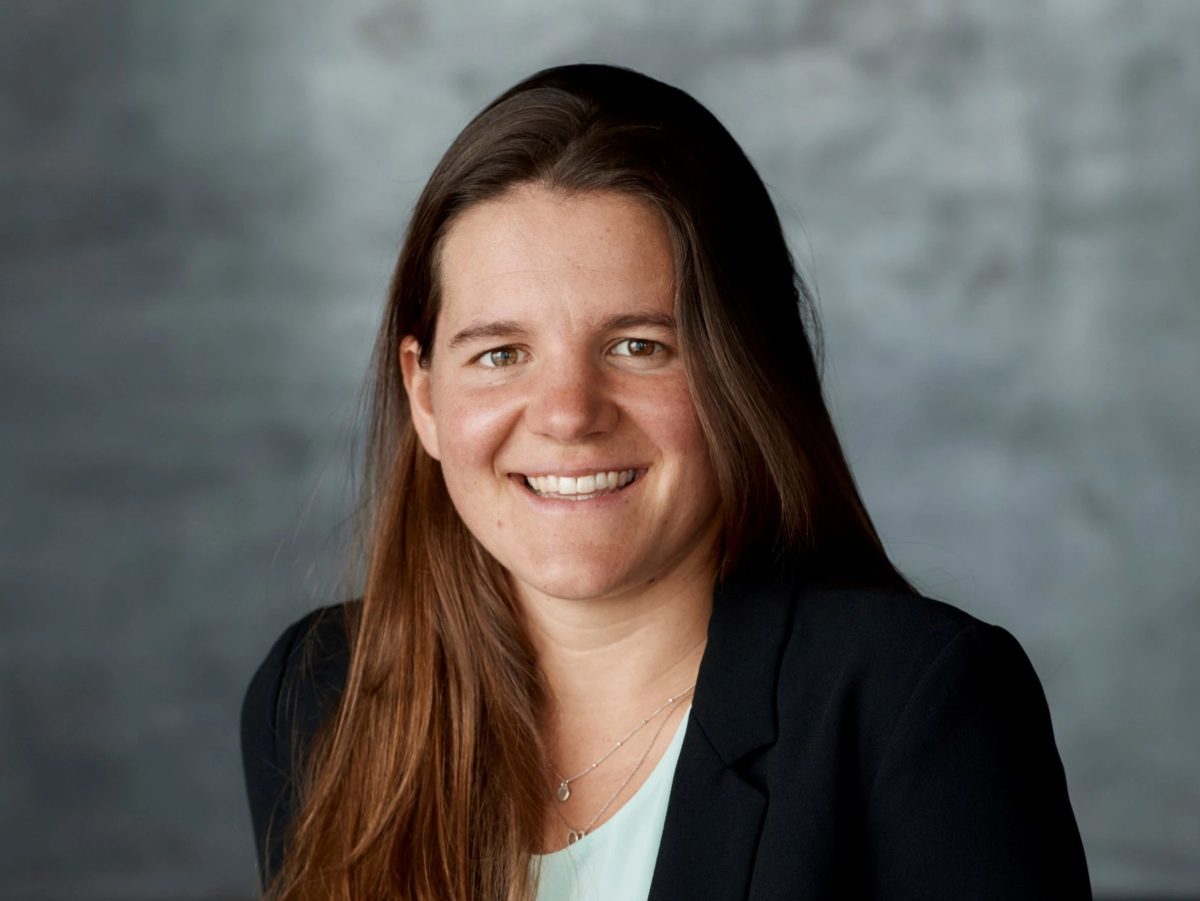Australia has significant carbon sequestration opportunities, with the capturing and storing of atmospheric carbon dioxide having potential to play a large role in helping reach net zero emissions.
A severe supply-demand imbalance in quality carbon credits, not helped by Australia moving to quasi-compliance, has seen carbon credit prices forecast to surge in the years ahead.
Recent reforms to the Safeguard Mechanism have put many of Australia’s largest industrial facilities on a net zero trajectory, with a default obligation to reduce their greenhouse gas emissions by almost 5 per cent each year until at least 2030.
Heavy-emitting facilities that don’t cut their emissions must buy either Australian Carbon Credit Units (ACCUs) or Safeguard Mechanism Credits (SMCs) equivalent to the volume of carbon emissions that exceed their cap.
Decarbonisation can be challenging, costly, and complex for businesses — especially those in emissions-intensive sectors. Without carbon credits to offset some of their emissions, many facilities wouldn’t be able to meet their compliance obligations at reasonable costs.
As demand for carbon credits and offsets grow exponentially, as is forecast, strong carbon credit price growth is expected along with high likelihood of an investment super-cycle.
The Kakariki Land Generation Fund
With a rising premium for CO2 ‘removal’ credits such as planting trees, Kakariki Capital is developing institutional carbon plantings projects across Australia.
Its new Kakariki Land Generation Fund (LGF) is investing in mispriced agricultural land that’s being re-optimised to develop carbon sequestration projects that generate income from premium ACCUs.
This is Kakariki’s second fund, the first being the Kakariki Carbon Fund, which was established to offer finance and liquidity to carbon projects primarily outside of the Australian carbon market.
The core focus of the LGF is purchasing and operating an institutional portfolio of carbon projects on agricultural land; and developing projects which sequester and receive a multi-decade stream of ACCUs.
I spoke to Kakariki founder Izzy Jensen to understand more about the new fund and the rationale behind establishing it.
Izzy explained that the first fund, the Kakariki Carbon Fund, is predominantly focused on developing countries and investing in nature based projects in those countries, with an allocation of only around 25 per cent in Australian markets.
Yet feedback from investors revealed that while there is desire to invest in the carbon thematic, many investors would prefer Australian assets, and they want something that is asset-backed and more secure in case carbon markets don’t pan out as expected.
Kakariki’s new fund, which is 100 per cent based in Australia, will own the land on which it is planting. This dual asset-class nature of the fund — as agricultural land and ACCUs — provides a unique risk-return profile with a proposition for significant alpha as carbon prices rise.
“Many investors wanted exposure to carbon but because it is a nascent asset class they were hesitant. This is a nice way to get exposure to it but with downside somewhat capped because the fund owns the land,” said Izzy.
“We see a multi-decade stream of ACCUs as infrastructure-like with carbon optionality, and farmland a stable, compounding long-term asset.”
She explained this also addresses the issue faced by carbon developers in trying to get farmers to understand carbon contracts and things like permanence periods, for example, where the farmers can’t do anything with that land for periods of 25-100 years. This can take a long time to get farmers on board, so if the fund owns carbon developers will want to partner with Kakariki, as it can streamline the process.
The fund is targeting $100 million and is expected to close in October or November. This will translate into 10-20 properties, diversified geographically across Australia to help de-risk by protecting against natural disasters — mainly bushfires.
Owning the land also provides opportunities for “method stacking” where multiple carbon abatement methods are utilised on a single property. This could be starting with an environmental planting project, then adding a biodiversity project to generate biodiversity credits, thereby adding to investors returns on top of base case return from the environmental planting project.
The fund is expected to start providing steady income distributions from year 3, before which not many carbon credits are generated initially when the trees are still small. Then, from year five, the plan is to open the land up to co-grazing to generate farm lease income on top of the carbon income.
To summarise, the fund:
- Invests in mispriced agricultural land which is re-optimised for carbon;
- Partners with leading project developers to develop carbon projects;
- Targets 12-14% via long-term stream of ACCUs and co-leasing income; and
- Provides cash yield and ACCU access to investors from year 3;
- Will pay distributions in either cash or ACCU credits.


Leave a comment